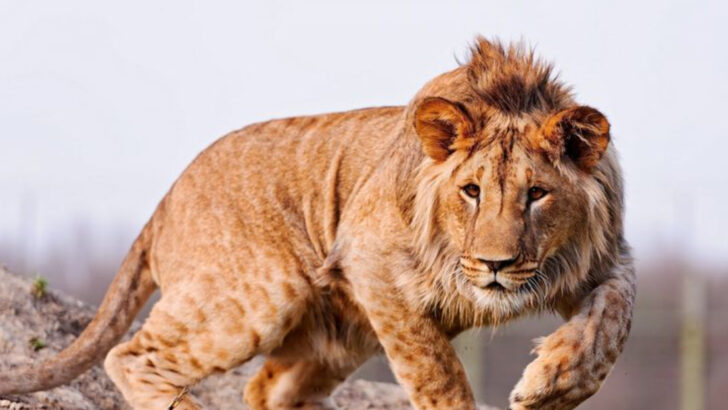Get ready to meet some of the most mind-blowing creatures you’ve never even imagined. Hybrid animals are nature’s wild experiments, blending different species into truly astonishing combinations. From the fierce liger to the quirky zorse, these creatures break all the rules and blur the lines between what we thought was possible.
These hybrids aren’t just rare—they’re often bizarre, with features and personalities that make them one-of-a-kind. Imagine a lion and tiger mix or a horse crossed with a zebra. Nature has a way of pushing the limits, and these animals prove it.
Every hybrid tells a unique story, and each one is as captivating as the next. Prepare to be amazed by the wild world of hybrids and meet 19 incredible creatures that are living proof of evolution’s unexpected creativity.
Liger
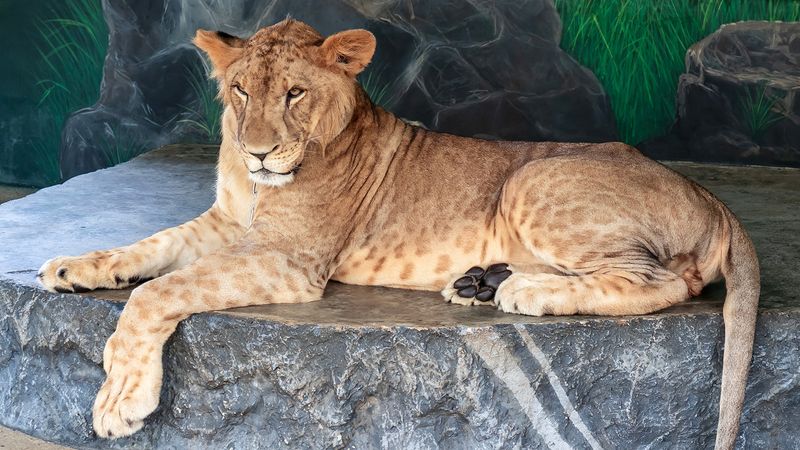
The liger, a cross between a male lion and a female tiger, is the largest of all the big cats. These magnificent creatures can grow to an astonishing size, sometimes weighing over 900 pounds. The liger inherits physical traits from both parents, exhibiting the lion’s tawny coloring mixed with tiger stripes.
Because ligers grow so large, they often face health challenges as they age. However, their immense size and regal appearance make them a favorite among wildlife enthusiasts. While they share habitats with lions and tigers, ligers are not found in the wild and exist only in captivity.
Wolfdog
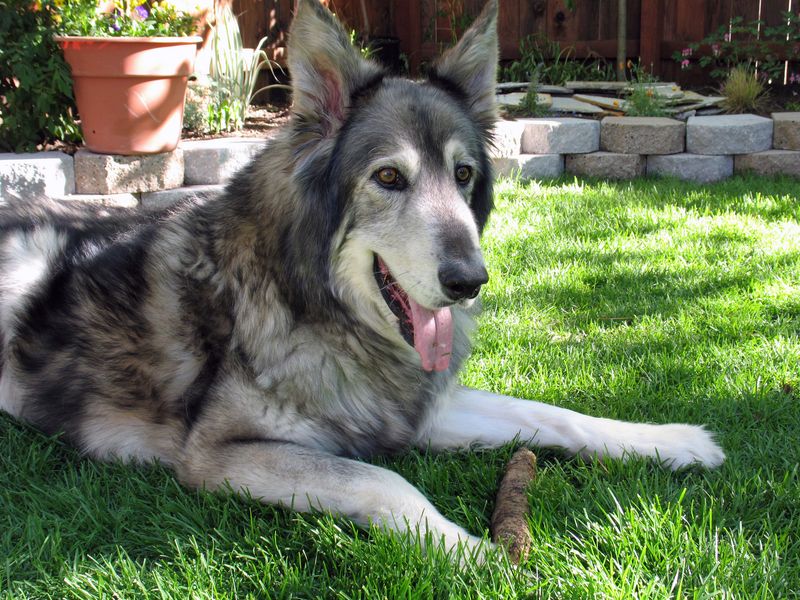
The Wolfdog is an intriguing blend of a wolf and a domestic dog, resulting in a hybrid that captivates with its wild yet familiar appearance. This animal combines the intelligence and loyalty of dogs with the independence and instincts of wolves.
Wolfdogs possess a unique temperament that reflects both their wild and domestic heritage. They require experienced handlers who understand their complex behavior, making them suitable companions for those who seek an adventurous and engaging pet.
These hybrids are often found in specialized sanctuaries and homes where they can be properly cared for. The Wolfdog’s existence highlights the blurred lines between wild and domestic animals, offering a fascinating look at the intersection of nature and nurture.
Zorse
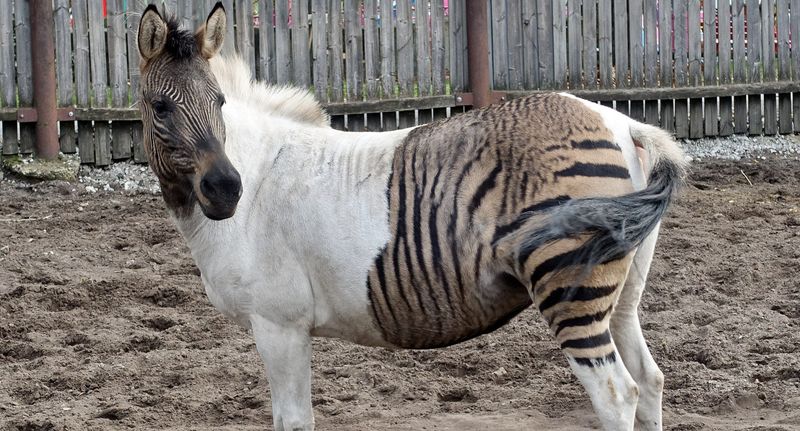
Zorses are the remarkable offspring of a zebra and a horse, merging the unique patterns of zebras with the build of a horse. These hybrids possess the iconic stripes of a zebra, but their body shape is distinctly horse-like.
Zorses inherit the best of both worlds but often face challenges due to differing parent species’ chromosome numbers. Found in captivity rather than the wild, they are bred for various purposes, including research and entertainment.
Their striking appearance and unique heritage make zorses a fascinating study in the world of hybrid animals.
Wholphin
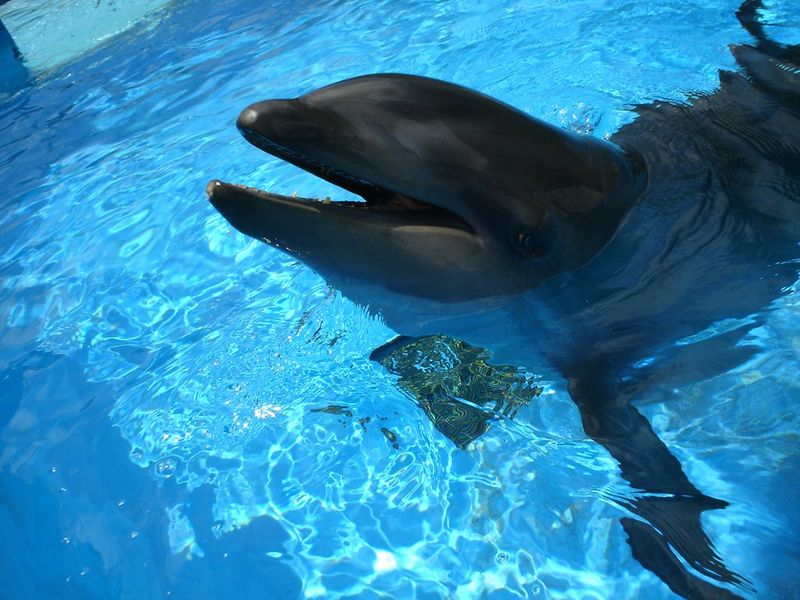
The wholphin, a rare hybrid of a false killer whale and a bottlenose dolphin, is a marine marvel. These unique creatures combine the playful nature of dolphins with the size and strength of a whale.
Wholphins are characterized by their large size, dark coloration, and friendly demeanor. Found mainly in aquariums, wholphins are a testament to the surprising adaptability and creativity of marine life.
Their existence highlights the complex dynamics of oceanic hybridization, where different species occasionally intersect, leading to unexpected outcomes. Wholphins continue to enchant and mystify marine biologists and enthusiasts alike.
Grolar Bear
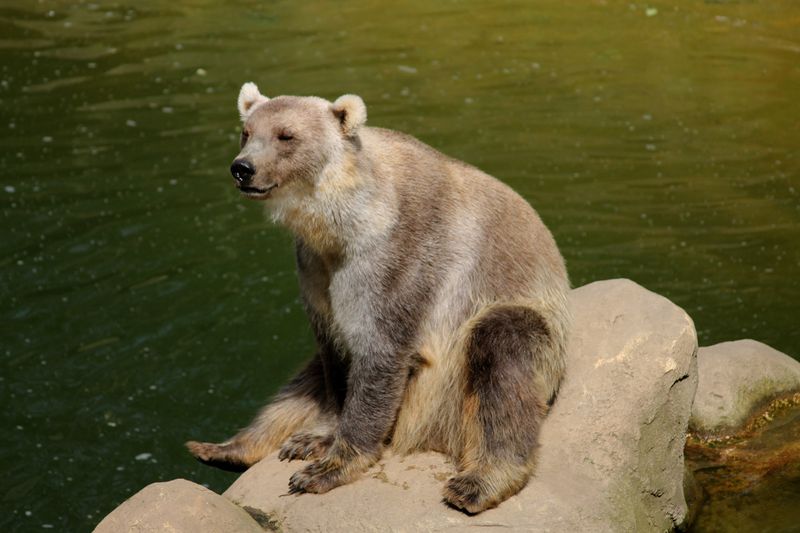
Grolar bears, also known as pizzly bears, are hybrids of grizzly bears and polar bears. These bears possess a blend of physical traits from both parents, such as the polar bear’s white fur and the grizzly’s robust physique.
Grolar bears are a natural occurrence, found in regions where the habitats of grizzlies and polar bears overlap. As climate change impacts these habitats, sightings of grolar bears have become more common.
They provide an intriguing look into the adaptability of species in changing environments and the unexpected outcomes of natural hybridization.
Coywolf
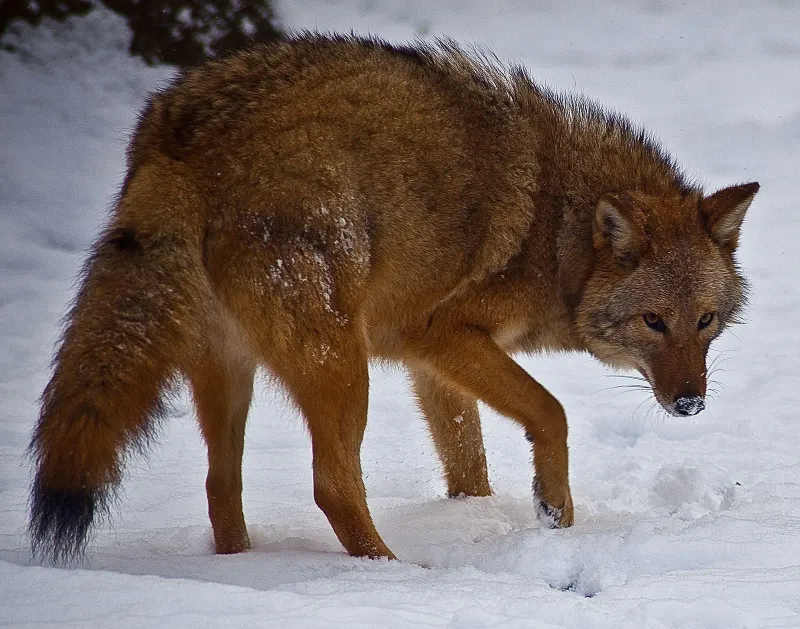
The coywolf, a hybrid between a coyote and a wolf, is an adaptable and cunning creature. These animals combine the size and strength of a wolf with the adaptability and intelligence of a coyote. Coywolves are often found in North America, where these species coexist.
They are known for their resilience and ability to thrive in diverse environments, from rural areas to urban landscapes. Coywolves are fascinating examples of how hybridization can lead to successful adaptation, blending the best characteristics of both parent species to enhance survival in a variety of settings.
Cama
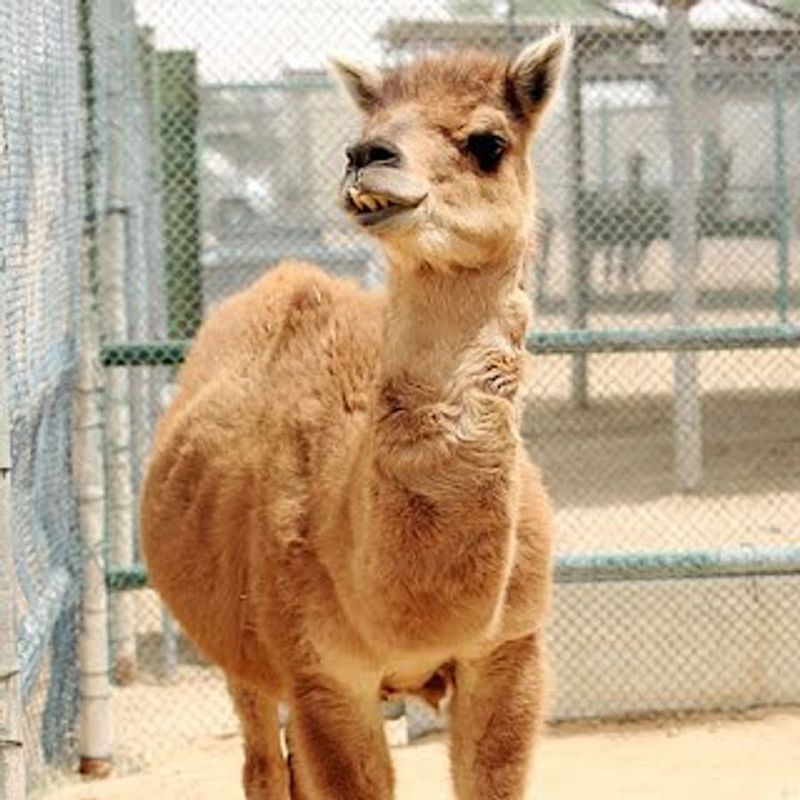
The cama, a remarkable blend of a camel and a llama, is known for its intriguing combination of traits from both parents. These hybrids are primarily bred for research purposes and to explore the potential of combining the camel’s hardiness with the llama’s gentle nature.
Camas possess the camel’s ability to endure harsh conditions, while their size and temperament are more akin to llamas. Although they are not naturally occurring, camas represent a fascinating exploration into the possibilities of selective breeding and the potential benefits of hybrid vigor in livestock.
Savannah Cat
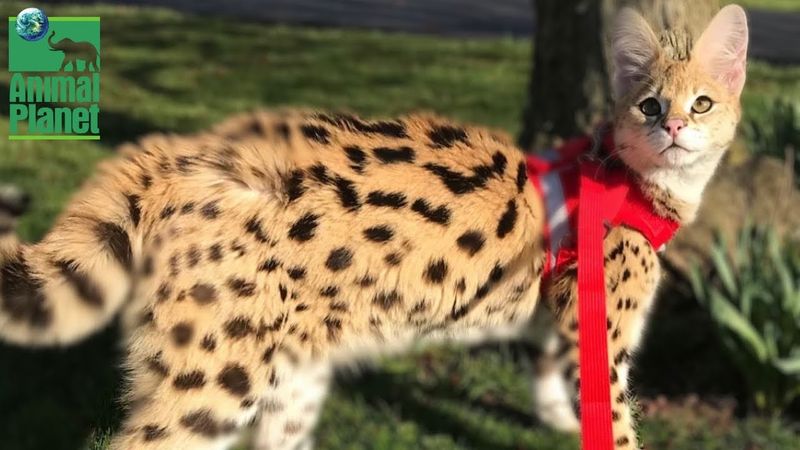
Savannah cats are the striking result of breeding a domestic cat with a serval, a wild African cat. These felines possess the exotic spotted coat of a serval, combined with a domestic cat’s friendly demeanor and adaptability. Savannah cats are known for their intelligence, playful nature, and energetic personality.
They are often larger than typical domestic cats, requiring ample space to roam and play. Owners of Savannah cats appreciate their unique appearance and vibrant energy. These cats are a testament to the beauty and versatility that hybrid animals can bring into the world of pets.
Geep
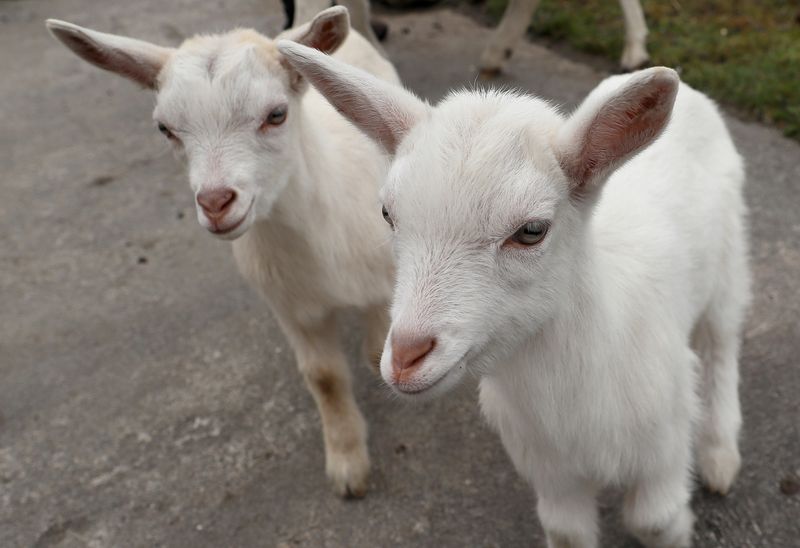
Geep, the delightful offspring of a goat and a sheep, are rare but charming hybrids. These animals exhibit a mixture of traits from both parents, such as a sheep’s woolly coat combined with the more agile frame of a goat.
Geep are typically born in captivity, as natural occurrences are exceedingly rare. They are cherished for their cute appearance and unique blend of characteristics.
Although not common, geep represent an intriguing aspect of agricultural hybridization, showcasing the diverse outcomes of combining different species in controlled environments.
Hinny
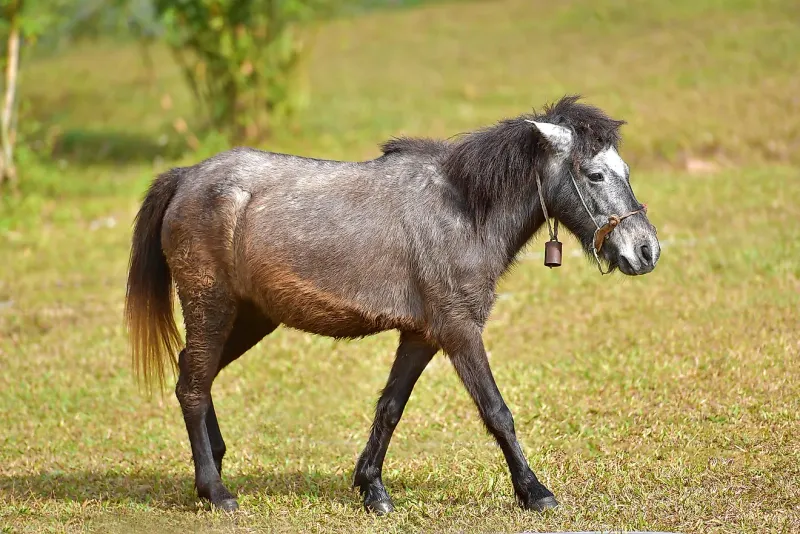
The hinny, a hybrid of a male horse and a female donkey, is a unique member of the equine family. Hinnies share similarities with mules, which are the offspring of a male donkey and a female horse, but exhibit distinct differences in temperament and appearance.
Hinnies typically have a more horse-like appearance, with shorter ears and a more refined build compared to mules. They are valued for their strength and endurance, often used in farming and transportation.
The hinny showcases the varied possibilities of equine hybridization and the unique traits that emerge from such crossings.
Labradoodle
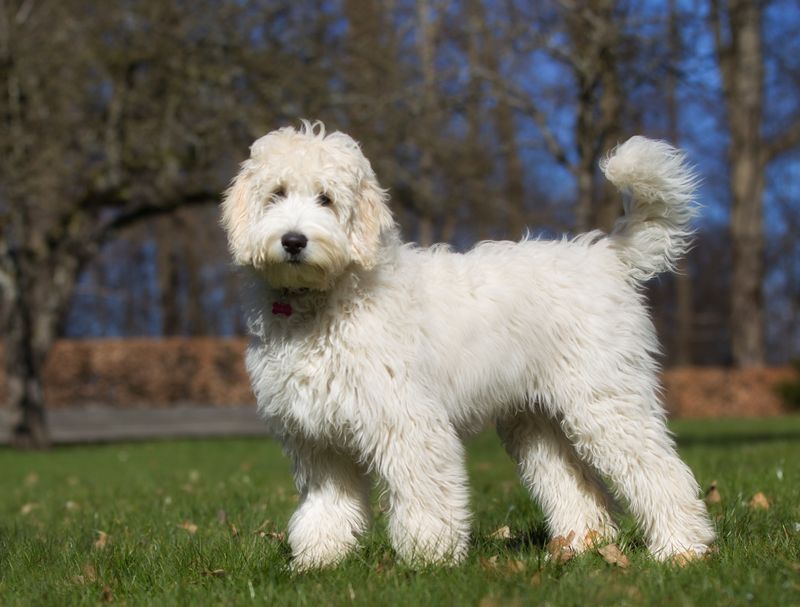
Labradoodles, the beloved hybrids of Labrador retrievers and poodles, are known for their friendly nature and hypoallergenic coats. These dogs bring together the best of both breeds: the Labrador’s loyalty and the poodle’s intelligence and non-shedding fur.
Labradoodles are popular family pets due to their playful temperament and adaptability. They thrive in various environments, making them excellent companions for active families.
Their charming appearance and endearing behavior have made labradoodles a favorite among dog lovers seeking a loyal, low-maintenance pet with a delightful personality.
Beefalo
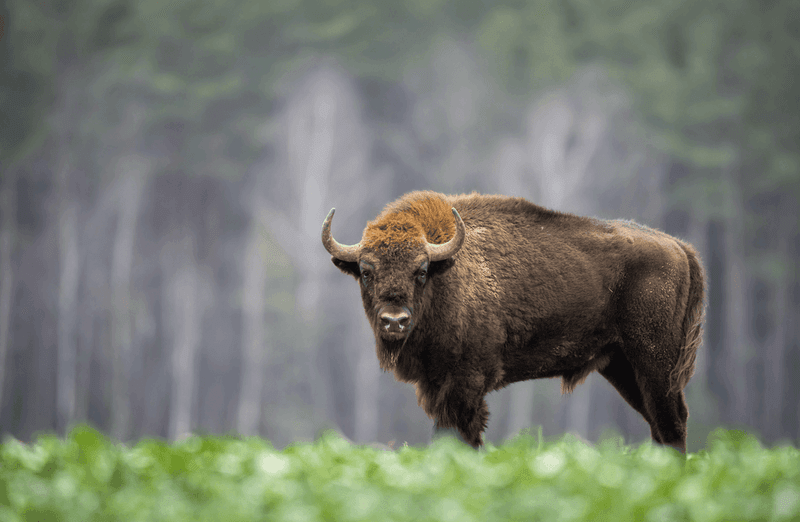
Beefalo, the hybrid offspring of domestic cattle and bison, are bred for their meat, which combines the leanness of bison with the tenderness of beef. These animals exhibit physical traits from both parent species, such as a stocky build and a dense coat.
Beefalo are raised primarily in North America, where ranchers appreciate their hardiness and efficient grazing. They offer an alternative to traditional beef, appealing to consumers seeking leaner meat options.
The beefalo represents a successful example of agricultural hybridization, blending desirable traits to create a new, valuable livestock option.
Dzo
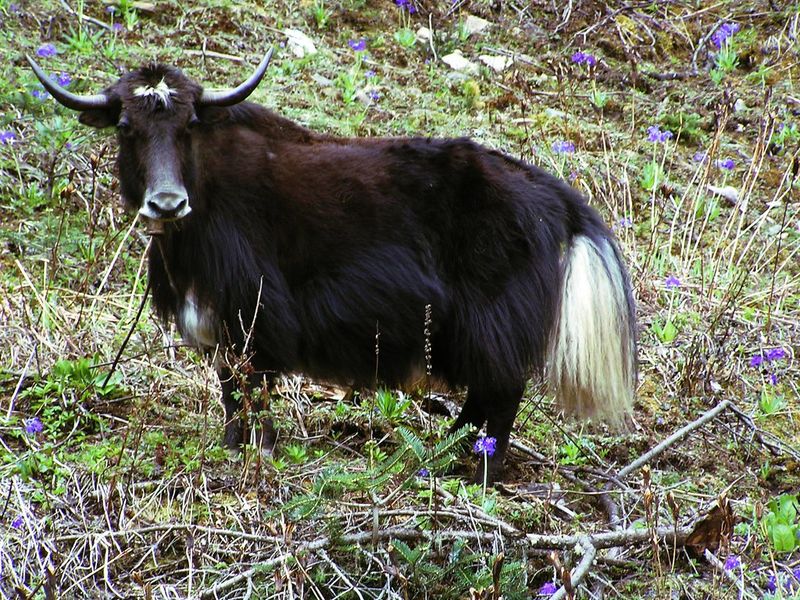
The dzo, a hybrid between a yak and a domestic cow, is primarily found in the mountainous regions of Nepal and Tibet. These animals are celebrated for their strength and ability to thrive in high-altitude environments.
Dzos possess a unique blend of traits from both parents, such as the yak’s thick coat and the cow’s more amiable nature. They are commonly used for plowing and transport in rugged terrains, where their hybrid vigor provides an advantage.
The dzo exemplifies the practical applications of hybridization in agriculture, offering valuable insights into livestock breeding.
Leopon
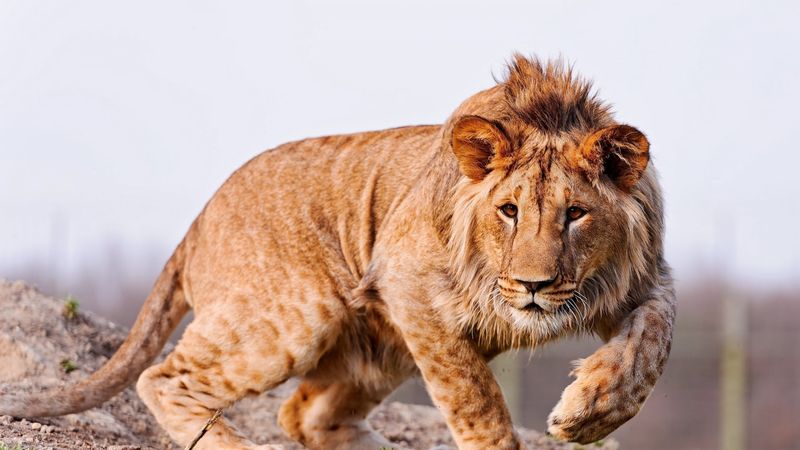
The leopon, a rare hybrid of a male leopard and a female lion, is renowned for its striking appearance. These animals exhibit a mix of leopard spots and lion-like features, creating a fascinating blend of traits.
Leopons are generally found in captivity, as natural occurrences are extremely rare. Their existence provides insight into the complexities of big cat genetics and the potential for unexpected outcomes in hybridization.
Those fortunate enough to encounter a leopon are often captivated by its exotic beauty and the remarkable genetic possibilities it represents.
Mulard Duck
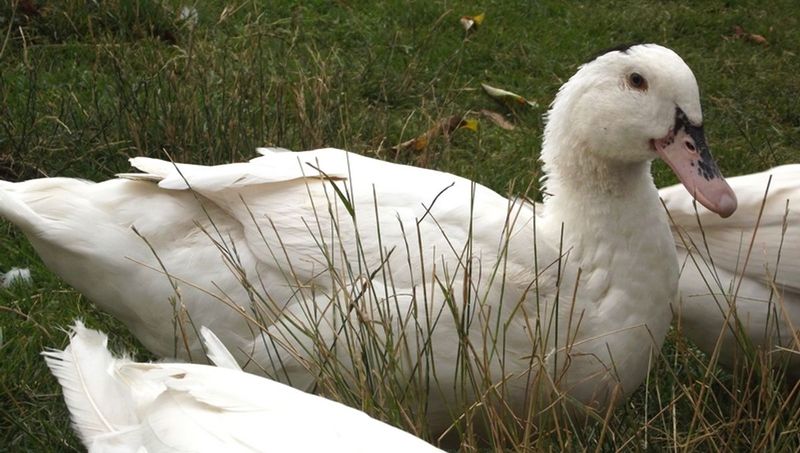
Mulard ducks, hybrids between domestic ducks and muscovy ducks, are primarily bred for their meat, which is highly prized in culinary circles. These ducks combine a robust build with flavorful, lean meat, appealing to gourmet chefs and food enthusiasts.
Mulards are typically raised on farms, where their growth rates and meat quality are closely monitored. They are a testament to the success of hybridization in poultry farming, illustrating how combining different species can lead to desirable characteristics.
Mulards continue to be a popular choice for those seeking high-quality duck meat with a distinctive flavor.
Narluga
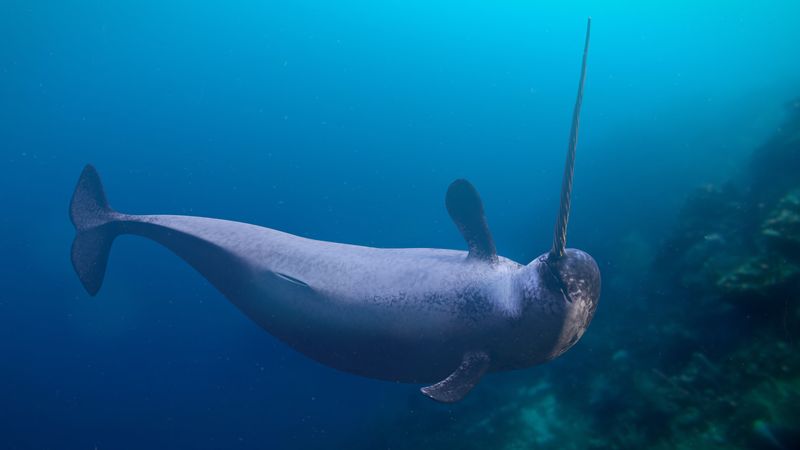
The narluga is a fascinating marine hybrid resulting from a beluga whale mating with a narwhal. These intriguing creatures inherit the narwhal’s iconic tusk, combined with the beluga’s robust body. Found in Arctic regions, narlugas are rare but captivating to marine biologists.
These hybrids exhibit a blend of behaviors and characteristics from both parents. They are known for their social nature, often seen in pods, using echolocation to navigate the icy waters. Their vocalizations are a unique mix, reflecting both the beluga’s chatter and the narwhal’s clicks.
Narlugas highlight the dynamic and adaptive nature of marine life in the face of changing climates. Researchers continue to study these animals to understand the implications of their existence on marine ecosystems.
Zonkey
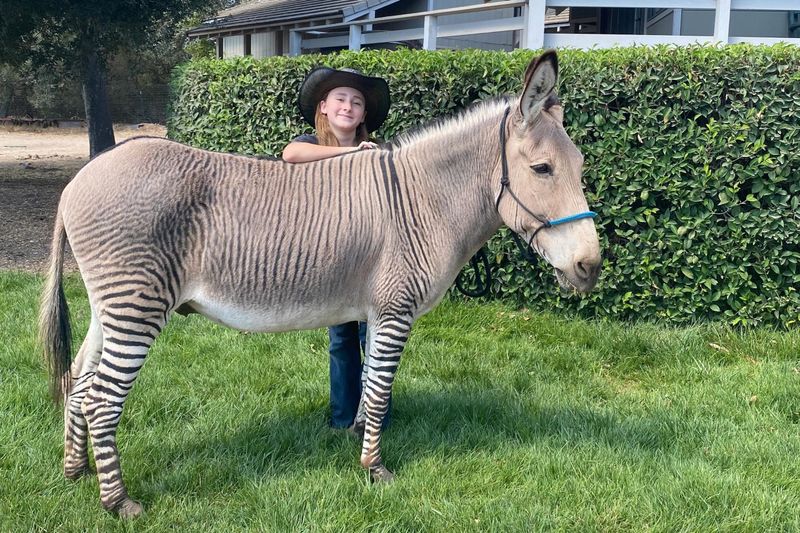
Zonkeys, the charismatic offspring of a zebra and a donkey, are known for their distinctive appearance and quirky charm. These hybrids feature the zebra’s iconic stripes combined with the donkey’s sturdy build and calm temperament.
Zonkeys are generally found in captivity, where they are bred for their unique aesthetics and appeal. They offer an intriguing glimpse into the possibilities of equine hybridization, highlighting the diverse outcomes of crossing different species.
Zonkeys enchant those who encounter them, showcasing the endless creativity and surprises that nature can present.
Jaglion
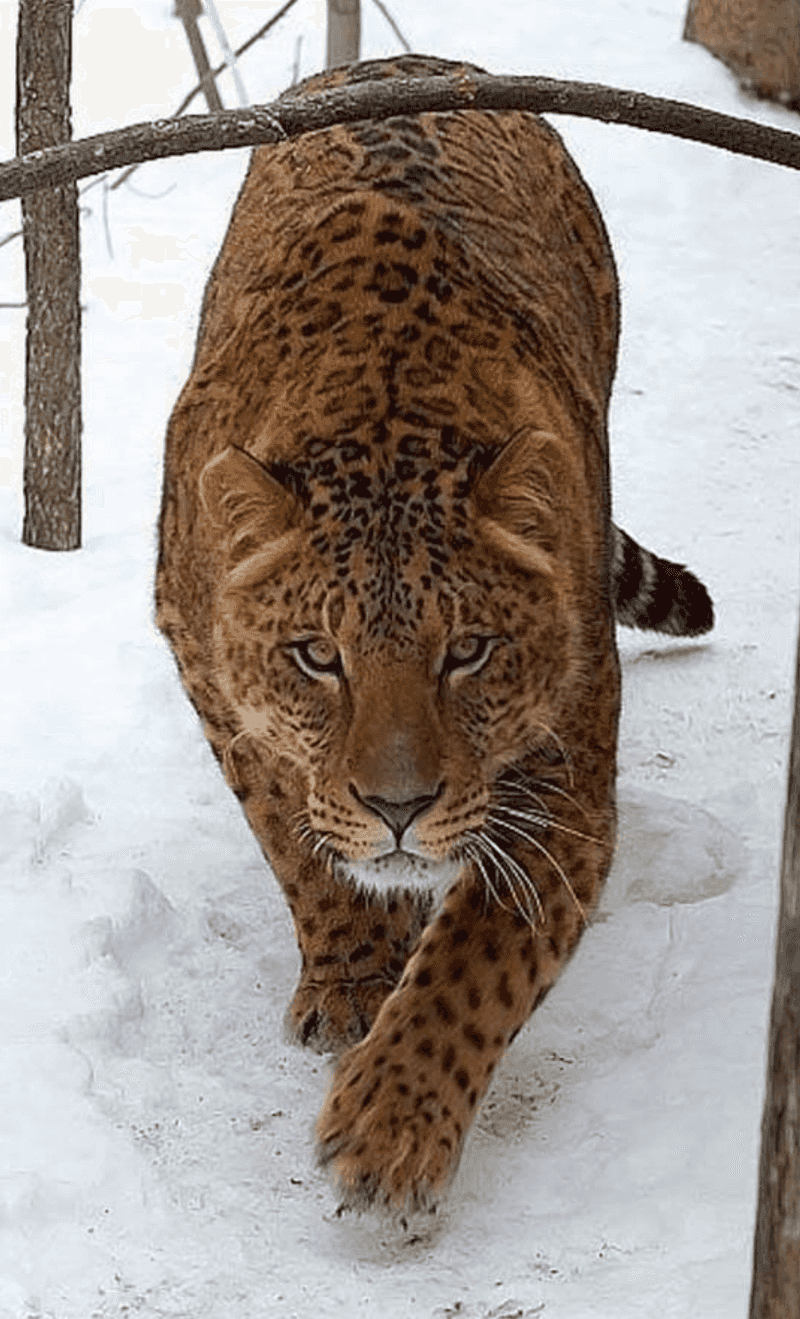
The jaglion, an extraordinary hybrid of a jaguar and a lion, is celebrated for its exotic and majestic appearance. These animals possess a mix of jaguar spots and lion-like features, creating a captivating blend of characteristics.
Found mainly in wildlife sanctuaries, jaglions are a rare sight, as natural occurrences are virtually nonexistent. Their existence highlights the complexities of big cat genetics and the fascinating outcomes of hybridization.
Jaglions captivate those lucky enough to see them, offering a unique perspective on the genetic diversity and potential within the feline family.
Blynx
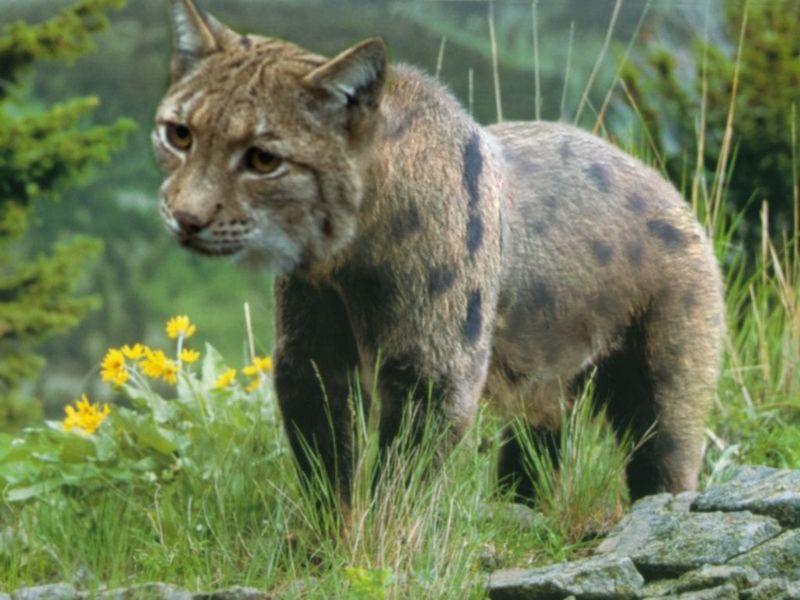
The blynx, a hybrid between a bobcat and a lynx, is a stunning example of nature’s handiwork. Sporting long tufted ears and a spotted coat, blynxes are a perfect blend of their parent species. These hybrids are rare and typically found where the habitats of lynxes and bobcats overlap.
Blynxes combine the bobcat’s adaptability with the lynx’s powerful hunting skills, making them formidable predators in various environments. Their keen senses and stealth allow them to thrive in both open woodlands and dense forests.
The existence of blynxes provides valuable insights into the adaptability and evolution of feline species. Conservationists are keen to study these hybrids to learn more about interspecies breeding and its effects on biodiversity.

